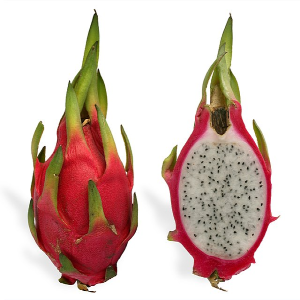 Smart Citations
Smart CitationsSee how this article has been cited at scite.ai
scite shows how a scientific paper has been cited by providing the context of the citation, a classification describing whether it supports, mentions, or contrasts the cited claim, and a label indicating in which section the citation was made.
Phytochemical composition, biological activities and nutritional aspects of Hylocereus undatus: a review
The most commonly cultivated vine cactus in the Cactaceae family is normally Hylocereus undatus, which would be native to Mexico and America. It is commonly referred to as "dragon fruit" or "pitaya." Additionally, it goes by the name "buahnaga," which means "dragon fruit." In addition to their attractive color, Hylocereus undatus fruits are popular around the world due to their abundance of polyphenolic components and their antioxidant activity. Due to the characteristics, degree of production, and financial benefits of the pitahaya fruit, a member of the Hylocereus genus, more land has been planted in agriculture during the past two decades. Stalks, fruits, and flowers from the plant are used in food and film.
How to Cite

This work is licensed under a Creative Commons Attribution-NonCommercial 4.0 International License.
PAGEPress has chosen to apply the Creative Commons Attribution NonCommercial 4.0 International License (CC BY-NC 4.0) to all manuscripts to be published.







